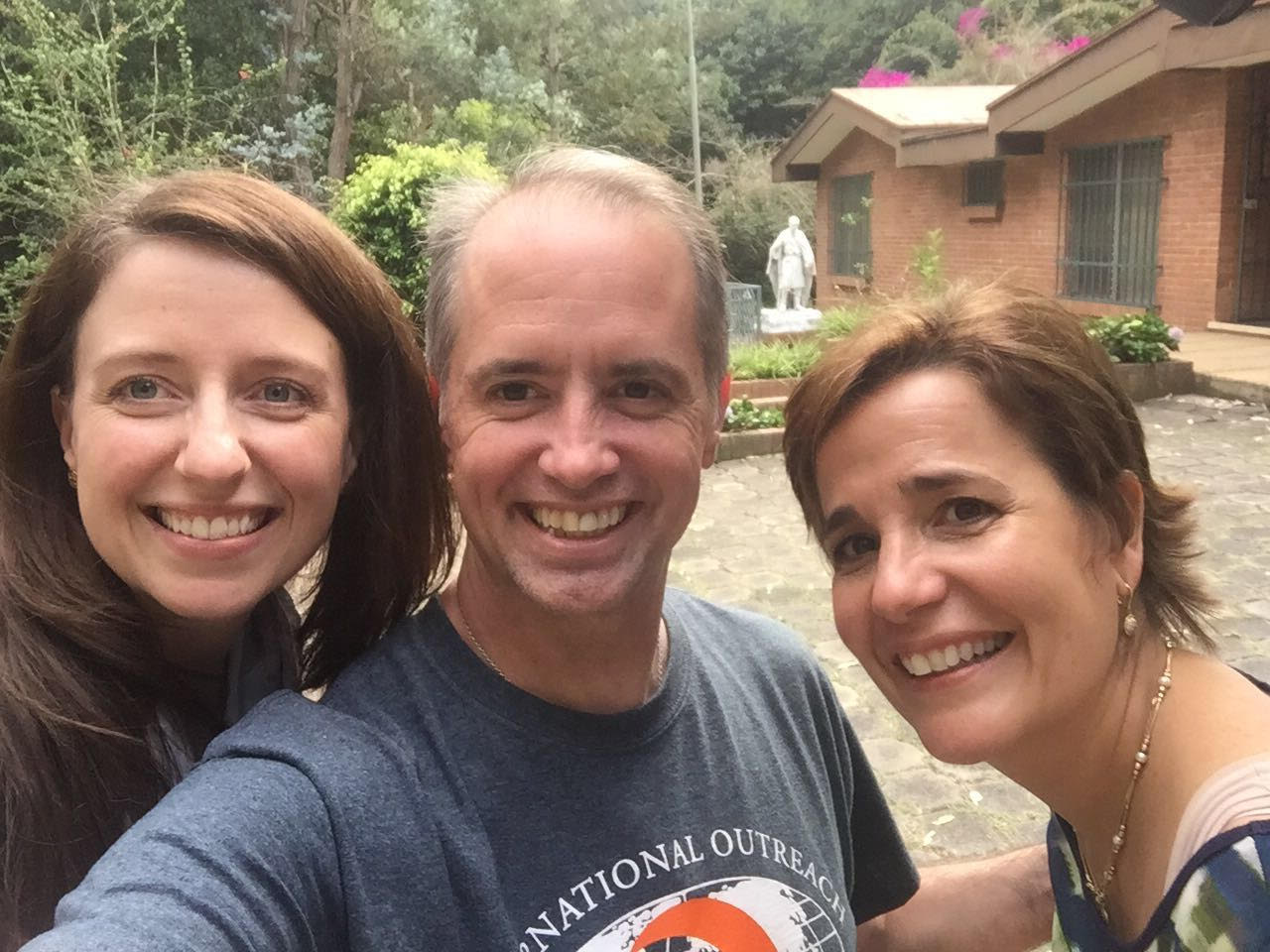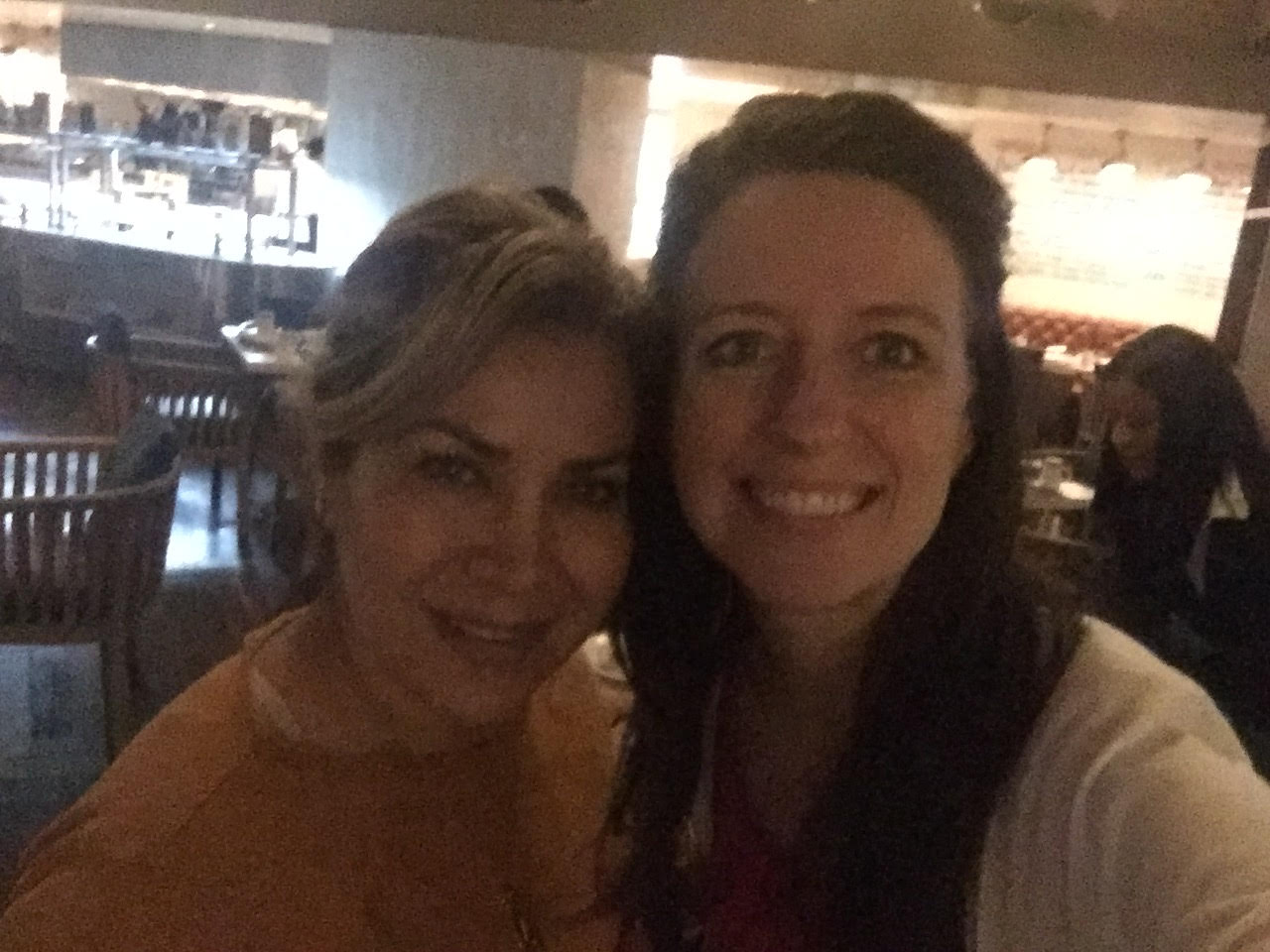“Although the world is full of suffering, it is also full of the overcoming of it.” –Helen Keller
Two and a half years ago, back when I lived in Brampton, Ontario, I watched my then-parish burn to the ground. Having since moved home to Vancouver, the last time I “saw” St. Elias it was ashes scattered upon sacred ground. But last week, 31 months later, I visited Ontario and became witness to charred remains replaced by a new—and dare I say even better—towering place of worship, with copper domes reflecting the afternoon sunlight, set amidst a soft blue sky, standing majestic and tall. Beauty from ashes.
I remember the sobs and devastation produced as the fiery inferno took over the building and crushed spirits, but I also saw a community rise from this loss with a conviction that it would overcome and rebuild—and it did. This trial, and ultimate triumph, has become a metaphor for my own times of difficulty, remembering, as blind and deaf woman Helen Keller once remarked, “Although the world is full of suffering, it is also full of the overcoming of it.” Beauty from ashes.
Those words would be brought to life again only a few days later when, after visiting the new St. Elias, I flew to Guatemala to speak at the World Pro-Life Congress. In the course of my 5-day visit I continually encountered beauty from ashes in the lived experiences of the people I met.
Within an hour of my plane landing, one of my new Guatemalan friends, Gabby, took me on an unexpected and amazing adventure. When I happened to ask her if she heard of Fr. Michael who ran Valley of the Angels Orphanage, a ministry I had only been told about days before while speaking in Ontario, she excitedly responded that she knew him and would take me there. Thirty minutes later she was driving me up a winding mountain to meet a joyful Franciscan priest who authentically lives spiritual fatherhood by feeding, housing, and educating poor children—over 200, in fact! Yes, there is poverty in Guatemala, but I also saw the overcoming of it.
Then there was Gabby, the woman who picked me up at the airport. She spends her time helping women in crisis, not only through volunteering at a counselling center, but also connecting women to a home for pregnant girls should they need material support to carry through with their pregnancies. Suffering yes—but again, the overcoming of it.
The next day I gave a presentation to 75 young volunteers of the Congress alongside another woman, Lianna Rebolledo. Unlike me, Lianna can speak Spanish so her presentation to the bilingual audience was not understood by me. But that evening we shared dinner together in our hotel’s restaurant and I was profoundly touched as I learned this inspiring and resilient woman’s journey first-hand. Lianna and I are one year apart in age but she already has a 25-year-old daughter. How could this be if 25 years ago we were 12 and 11 years old, respectively? I then learned Lianna’s story—she was kidnapped at age 12, raped, and became pregnant. As it says on her website,
“She never thought about aborting her daughter. Lianna is survivor of 3 suicide attempts and is now a Defender of Life, with a specific mission: to inspire the world…She not only shares a testimony, but also a message of hope for many people, especially women all over the world who are in high-risk situations to love life grounded in faith. ‘After my pregnancy due to rape, two lives were saved; I saved my daughter’s life and she saved mine.’”
Suffering. And the overcoming of it.
The next day I met another presenter who is exactly my age, Patricia Sandoval. We quickly connected and excitedly talked about our lives of travelling and speaking. She had just heard me present to a panel so she told me why she was there to present: She had 3 abortions, used to work at Planned Parenthood, and for 3 years became a drug addict living on the streets. Now she travels the world to tell others of God’s mercy. Particularly poignant was when she told me this (which is also posted on her website in more detail here):
“One day, my drug-addicted boyfriend and I got into an argument, and he kicked me out. I was left completely alone and abandoned, without food, water, friends, family, or drugs. I sat for hours on the sidewalk, curled into a fetal position, sobbing. I had nothing. I had sunk to the lowest level of my life.
“It was then that I experienced the presence of God watching me. I lifted up my head and crying, I said to Him: ‘You are all that I have. I don't know how I got to this point. I thank you for my beautiful childhood and family, which You gave to me. I'm so sorry!’ I had barely finished speaking when a young woman my age, twenty-two, named Bonnie, knelt down, embraced me from behind, and said, ‘Jesus loves you.’ I looked up at her confused, and she smiled back and said, ‘I am the waitress at the restaurant across the street. I was working when God said to me: 'Put down your notepad, look out that window, and tell that young lady who is sitting on the curb that even if her mother or father should abandon her, I will never abandon or forsake her. I will be with her until the end of time.’ I couldn't believe that God had responded to my prayer so immediately! Bonnie took me into her restaurant and with a sweet smile, asked me what I'd like to eat. Then she drove me home.”
Suffering. And the overcoming of it.
Over the past 9 days, the people I met and the encounters I experienced have been nothing short of inspiring. As I reflect on it all, I am reminded of the words of Anne Frank, a girl whose young life would be extinguished by the horror of the Holocaust but whose legacy has survived for decades since:
“How wonderful it is that nobody need wait a single moment before starting to improve the world.” Indeed, Anne, we all can make beauty from ashes.













